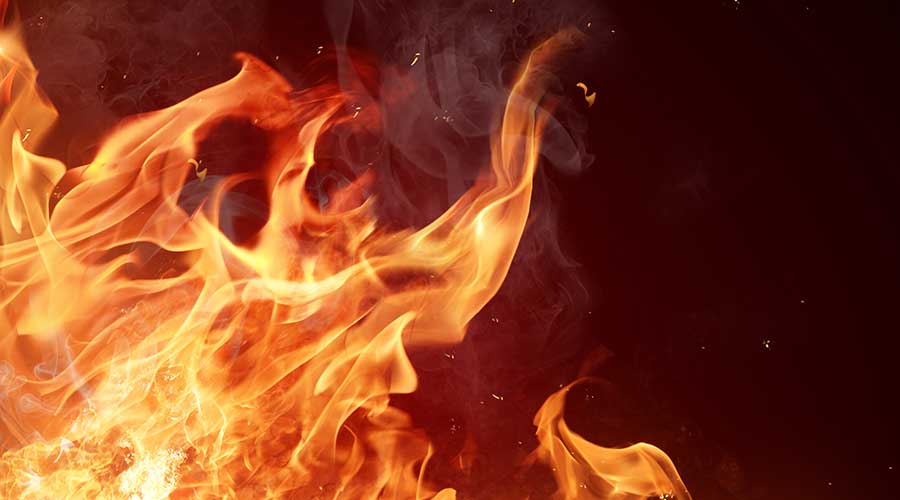Fires are already dangerous, but in a hospital or healthcare facility they especially pose a special risk of harm. In a fire emergency, patients may not be able to escape on their own and may need assistance from medical or facility staff to get out, potentially putting more lives at stake. Additionally, fires can affect indoor air quality (IAQ), which can negatively impact the health of patients and staff.
A recent electrical fire at Emory University Midtown Hospital was contained to an elevator. According to 11 Alive, the fire caused 20 patients to be relocated for the evening, with no reported injuries. While there has not been a reported cause of the fire, it is believed that faulty wires in the elevator started it.
Atlanta Fire crews were able to put out the flames with two dry chemical extinguishers. After the blaze was extinguished, crews expressed concern about the air quality within the hospital.
Fire’s destructive power is well-known, however, its effect on air quality is becoming just as recognized. One major byproduct of fire is smoke, which itself is a mess of different chemicals varying upon what was burned. Inhaling smoke can have myriad effects on a person’s health.
As to the danger of inhaling fumes from an electrical fire, LiveWire Electrical says that the chemical odors from the burning insulation wiring can be toxic. Temperatures in an electrical fire can reach 1,110 degrees Fahrenheit in under four minutes – that is hot enough to melt appliances and burn plastic. The resulting toxic fumes can include ketones, aldehyde gases and polychlorinated biphenyl (PCB) byproducts, all of which are dangerous to inhale.
When a fire occurs, healthcare facilities can best clear out contaminants by implementing an IAQ monitoring system that tracks current levels of particulate matter in the air. With that information presented to facilities managers, they can then alert the rest of the building to take action. Even if it is a small, contained electrical fire, monitoring if the IAQ was affected at all is still critical. Keeping patients and staff in a healthcare facility with hazardous air can leave them vulnerable to future health complications, such as acute respiratory distress syndrome (ARDS), coronary heart disease and even lung damage.
When occupants need to be relocated or evacuated, managers are still tasked with dealing with smoke within the facility. HVAC systems can aid in clearing/filtering it out because they are equipped with high efficiency particulate air (HEPA) filters. These filters are effective at filtering out many sorts of particulate matter, even some found in smoke. With these actions taken, the HVAC system can be used to draw out the smoke and the monitoring systems can keep tabs on the IAQ levels.
Electrical fires are as dangerous as any other fire, especially when it comes to their impact on IAQ. However, if a healthcare facility has proper emergency procedures, patients and staff can be protected from the toxic air produced.
Jeff Wardon, Jr. is the assistant editor for the facilities market.

 Rethinking Strategies for Construction Success
Rethinking Strategies for Construction Success From Touchless to Total Performance: Healthcare Restroom Design Redefined
From Touchless to Total Performance: Healthcare Restroom Design Redefined New York State Approves $53M Construction Program at Niagara Falls Memorial Medical Center
New York State Approves $53M Construction Program at Niagara Falls Memorial Medical Center How Health Systems Are Rethinking Facilities Amid Margin Pressure
How Health Systems Are Rethinking Facilities Amid Margin Pressure Ground Broken on New Medical Office Building in Scottsdale, AZ
Ground Broken on New Medical Office Building in Scottsdale, AZ